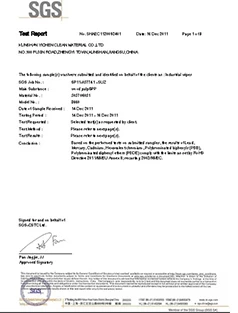Viscose method
2017-07-26 16:31:32

In 1894, English chemist Charles Frederick Cross, and his collaborators Edward John Bevan, and Clayton Beadle patented their artificial silk. They named their material "viscose", because its production involved the intermediacy of a highly viscous solution. The process built on the reaction of cellulose with a strong base, followed by treatment of that solution with carbon disulfide to give a xanthate derivative. The xanthate is then converted back to a cellulose fiber in a subsequent step. The first commercial viscose rayon was produced by the U.K. company Courtaulds Fibres in 1905. Courtaulds formed an American division, American Viscose, (later known as Avtex Fibers) to produce their formulation in the United States in 1910.The name "rayon" was adopted in 1924, with "viscose" being used for the viscous organic liquid used to make both rayon and cellophane. In Europe, though, the fabric itself became known as "viscose", which has been ruled an acceptable alternative term for rayon by the U.S. Federal Trade Commission (FTC).
The viscose method can use wood as a source of cellulose, whereas other routes to rayon require lignin-free cellulose as starting material. The use of woody sources of cellulose makes viscose cheaper, so it was used on a larger scale than the other methods. On the other hand, the viscose process affords large amounts of contaminated waste water. Rayon was produced only as a filament fiber until the 1930s when methods were developed to utilize "broken waste rayon" as staple fiber.
The physical properties of rayon remain unchanged until the development of high-tenacity rayon in the 1940s. Further research and development led to high-wet-modulus rayon (HWM rayon) in the 1950s.Research in the UK was centred on the government-funded British Rayon Research Association.
Industrial applications of rayon emerged around 1935. Substituting cotton fiber in tires and belts, industrial types of rayon developed a totally different set of properties, amongst which tensile strength (elasticity) was paramount.











